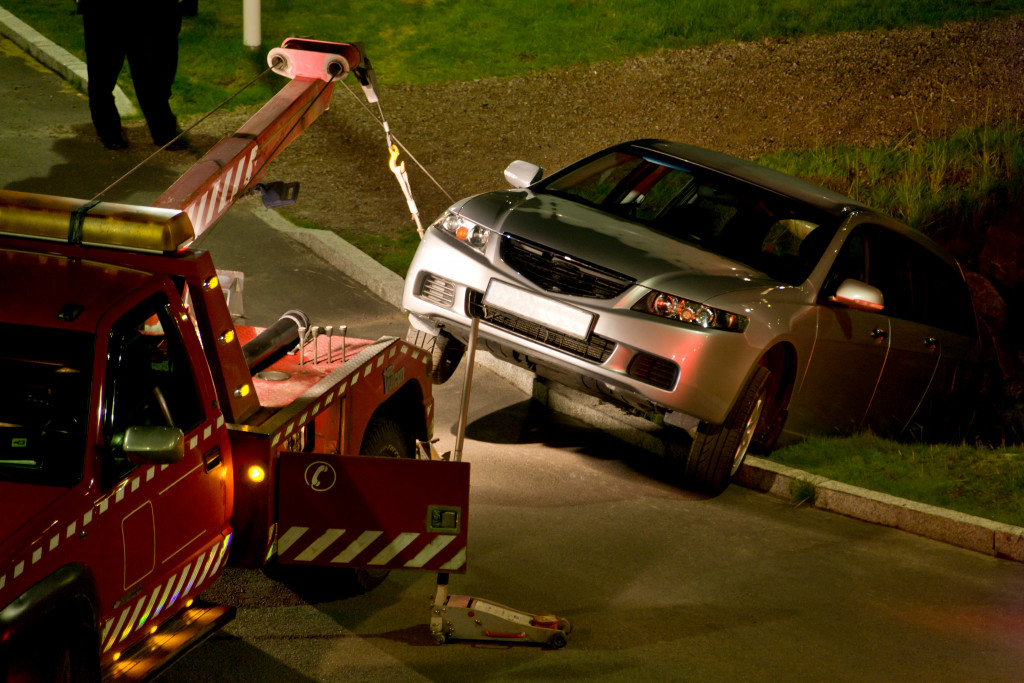Every day, people see news stories about car accidents. They might involve famous people, be particularly grisly, or happen in their communities. But regardless of the circumstances, one thing is always true: car accidents have a cost. And that cost isn’t just paid by the people involved in the accident. It’s paid for by all the citizens in the country in the form of higher insurance premiums, rising healthcare costs, and lost productivity. The total cost of car accidents in the United States is more than $871 billion annually. So let’s first take a closer look at the financial toll of these crashes and then discuss how the government can deal with it.
Higher Insurance Premiums
One of the most direct ways that car accidents affect people financially is through their insurance premiums. As the frequency and severity of accidents go up, so do insurance rates. And since 1996, insurance rates have more than doubled. The average premium in 1996 was $1,110; by 2016, it had risen to $2,448. That’s an increase of more than 120%. And it’s not just because insurance companies are looking to make a profit—they’re trying to cover the ever-increasing cost of repairs and medical bills.
Rising Healthcare Costs
Of course, another way that car accidents affect people financially is through rising healthcare costs. Medical bills related to car accidents totaled more than $23 billion annually. And as medical technology advances and becomes more expensive, that number will only go up.
For example, MRIs and CT scans have become more commonplace in recent years, and those procedures can cost hundreds or even thousands of dollars. In addition, there are often long-term costs associated with car accidents, such as ongoing physical therapy or chronic pain management. These costs can add up quickly and leave accident victims struggling to meet ends.

Lost Productivity
Finally, car accidents also significantly impact the economy through lost productivity. In addition to the apparent loss of life in fatal accidents, countless people are seriously injured in crashes yearly. Many people require extensive medical treatment and cannot return to work for weeks or months. This loss of productivity can have a ripple effect throughout the economy and ultimately lead to job losses as businesses struggle to make up for lost revenue.
Car accidents may seem like a minor nuisance, but they have a substantial economic impact on the country yearly. From higher insurance premiums to rising healthcare costs, everyone feels the financial toll of car accidents, not just those directly involved in crashes. Thankfully, the U.S. government can deal with it by promoting car safety initiatives.
Increase Funding for Safety Campaigns
The government can reduce accidents by increasing the funding for safety campaigns that educate people on how to be safe drivers. These campaigns include advertising, social media outreach, and educational seminars. According to a report from AAA, education and enforcement are both critical factors in reducing accidents.
Driving Under the Influence
One of the leading causes of car accidents in the United States is driving under the influence of drugs or alcohol. According to the National Highway Traffic Safety Administration (NHTSA), more than 10,000 car accident fatalities yearly due to drunk driving. That’s why the government must deal with it. First, attorneys should be more available during these accidents. An experienced DUI defense attorney can help those affected by drunk drivers. In addition, they can provide legal representation and guidance to victims of DUIs, which has the potential to reduce the effects of car accidents on the economy. Second, law enforcement officers should step up their efforts to catch those driving under the influence. This includes implementing increased checkpoints and installing more sobriety detectors in cars.
Improve Infrastructure
One way to help reduce accidents is to improve the infrastructure of our roads and highways. This includes things like repaving roads, adding or improving signage, and making sure that there is proper lighting. According to a report from the National Institute for Highway Safety (NIH), poor road conditions are a factor in one-third of all traffic fatalities.
Stricter Enforcement of Laws
Another way to help reduce accidents is to enforce laws more strictly. This includes speeding, driving under the influence, and texting while driving. According to the NHTSA, speeding resulted in 27% of all traffic fatalities in 2015.
Additionally, law enforcement should keep an eye out for people driving without their seatbelts. People’s seatbelts are crucial for saving lives and preventing injury. According to the Insurance Institute for Highway Safety (IHS), accidents are reduced by up to a third of people wearing their seatbelts.
These strategies are crucial in reducing the impact of car accidents on the economy. By following the strategies above, the government can help protect people from preventable accidents and save lives. It can also reduce the economic toll of these accidents and improve economic growth in the long term.

